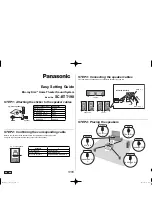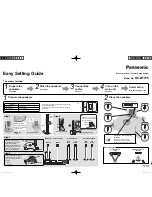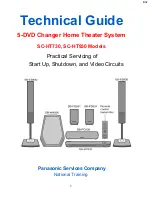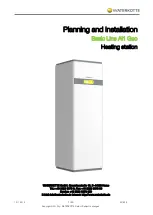
For mounting on terrace with suction or discharge from below, special attention is needed. It
requires that the unit is elevated from the roof or the terrace (see regulations in force in your
country).
Passages of ducts and piping must be perfectly tight.
NOTE: In the case of outdoor unit, it should take all precautions to avoid the risk of freezing in
exchange batteries and/or condensate drain.
6. OIL OR GAS CONNECTION
The alimentation should be sized according to the cabinet heater maximum power and be
equipped with all safety devices and control provided by the standards. We recommend the use of
gas/fuel filters with the appropriate dimensions.
For gas, the device will be connected with a copper or steel rigid pipe. This line should include a
control valve located before the cabinet heater:
this valve is to be to appropriate dimension (pipe diameter).
It will be placed at a height above the ground ranging between 0.10 m and 1.70 m and must
remain accessible.
Provide between this valve and the cabinet heater, a pressure gauge and a drain port.
- Oil equipment:
- Check the tightness of the nozzle,
- Ensure watertight pipes downstream the burner,
- In general, follow the instructions on the leaflet, supplied by the burner manufacturer.
- Gas equipment:
Commissioning of the gas burner is much more complex than the oil burner.
The burners are delivered to the pressure to which they were ordered (see your order
acknowledgment and the burner nameplate).
- Ensure first that the gas pressure available fit with the equipment of the burner.
- Adjust the gas flow to the burner power (refer to the burner instruction manual).
CHECKING THE GAS FLOW:
When the cabinet heater is not equipped with an adjusting device or a counter, the gas flow must
be set by the regulator or with the valve. Make sure that the general counter is compatible with the
nominal gas flow of the generator. It is recommended to perform this operation for a minimum
period of one minute.
CAUTION:
During start-up of the cabinet heater, it is important to adapt the power to the nominal
characteristics of the generator. For this, two checks should be made:
- 1 Check the exhaust fumes temperature after 15 minutes of operation
- 2 ° Check the temperature rise (measure temperature at the hood blowing and deduct the suction
air temperature of each side of the generator).
The gas flow must be set carefully in order to reach the most efficient consumption.
8









































